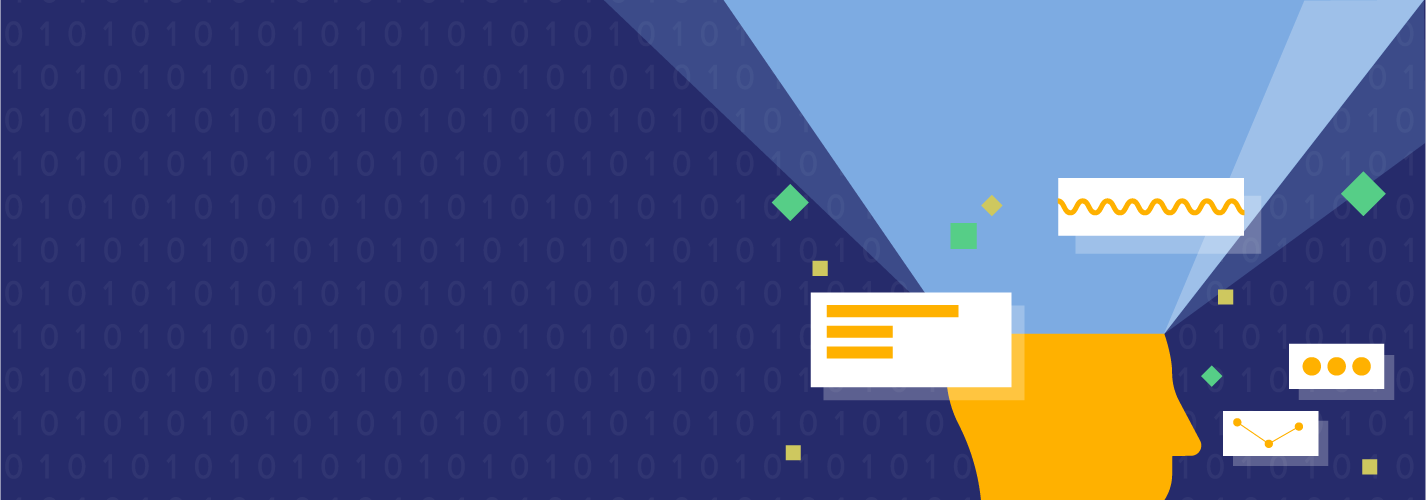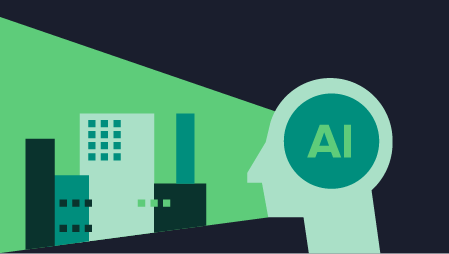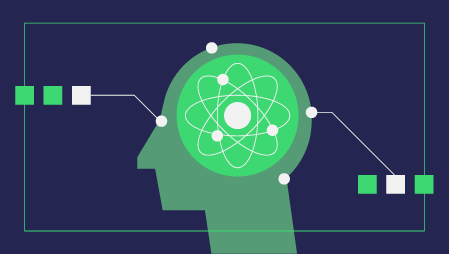Machine learning (ML) and artificial intelligence (AI) are frequently imagined to be the gateways to a futuristic world in which robots interact with us like people and computers can become smarter than humans in every way. But of course, machine learning is already being employed in millions of applications around the world—and it’s already starting to shape how we live and work, often in ways that go unseen. And while these technologies have been likened to destructive bots or blamed for artificial panic-induction, they are helping in vast ways from software to biotech.
Some of the “sexier” applications of machine learning are in emerging technologies like self-driving cars; thanks to ML, automated driving software can not only self-improve through millions of simulations, it can also adapt on the fly if faced with new circumstances while driving. But ML is possibly even more important in fields like software testing, which are universally employed and used for millions of other technologies.
So how exactly does machine learning affect the world of software development and testing, and what does the future of these interactions look like?
A Briefer on Machine Learning and Artificial Intelligence
First, let’s explain the difference between ML and AI, since these technologies are related, but often confused with each other. Machine learning refers to a system of algorithms that are designed to help a computer improve automatically through the course of experience. In other words, through machine learning, a function (like facial recognition, or driving, or speech-to-text) can get better and better through ongoing testing and refinement; to the outside observer, the system looks like it’s learning.
AI is considered an intelligence demonstrated by a machine, and it often uses ML as its foundation. It’s possible to have a ML system without demonstrating AI, but it’s hard to have AI without ML.
The Importance of Software Testing
Now, let’s take a look at software testing—a crucial element of the software development process, and arguably, the most important. Software testing is designed to make sure the product is functioning as intended, and in most cases, it’s a process that plays out many times over the course of development, before the product is actually finished.
Through software testing, you can proactively identify bugs and other flaws before they become a real problem, and correct them. You can also evaluate a product’s capacity, using tests to evaluate its speed and performance under a variety of different situations. Ultimately, this results in a better, more reliable product—and lower maintenance costs over the product’s lifetime.
Attempting to deliver a software product without complete testing would be akin to building a large structure devoid of a true foundation. In fact, it is estimated that the cost of post software delivery can 4-5x the overall cost of the project itself when proper testing has not been fully implemented. When it comes to software development, failing to test is failing to plan.
How Machine Learning Is Reshaping Software Testing
Here, we can combine the two. How is machine learning reshaping the world of software development and testing for the better?
The simple answer is that ML is already being used by software testers to automate and improve the testing process. It’s typically used in combination with the agile methodology, which puts an emphasis on continuous delivery and incremental, iterative development—rather than building an entire product all at once. It’s one of the reasons, I have argued that the future of agile and scrum methodologies involve a great deal of machine learning and artificial intelligence.
Machine learning can improve software testing in many ways:
- Faster and less effortful testing. Old-school testing methods relied almost exclusively on human intervention and manual effort; a group of software engineers and QA testers would run the software manually and scout for any errors. But with ML technology, you can automate testing, conducting tests far faster, and without the need to spend hours of human time.
- Continuous testing. Additionally, QA testers are only available for a portion of the time, and if you’re developing software continuously, this is untenable. A refined ML-based testing system can deploy continuous testing, constantly checking how your product performs under different conditions.
- Consistent testing. If you conducted a test for the same product twice, are you confident in your ability to conduct the test exactly the same way, both times? Probably not; humans are notoriously inconsistent. But ML algorithms are built and executed to repeat the same processes over and over, reliably; you’ll never have to worry about consistency with a ML-based testing script.
- Higher detection acuity. Modern ML-based validation tools are capable of picking up on UI discrepancies or anomalies that human eyes may not be able to discern. Is this UI element the right color? Is it in the right position? Visual bugs are sometimes easy to notice, but a refined ML-based “eye” can give you even more accuracy.
- Multi-layer testing. ML testing also allows for multi-layer testing, without the need for a user interface. The right ML software testing system can be applied to application logs, including source code and production monitoring system logs.
While cognitive computing holds the promise of further automating a mundane, but hugely important process, difficulties remain. We are nowhere near the level of process automation acuity required for full-blown automation. Even in today’s best software testing environments, machine learning aids in batch processing bundled code-sets, allowing for testing and resolving issues with large data without the need to decouple, except in instances when errors occur. And, even when errors do occur, the structured ML will alert the user who can mark the issue for future machine or human amendments and continue its automated testing processes.
Already, ML-based software testing is improving consistency, reducing errors, saving time, and all the while, lowering costs. As it becomes more advanced, it’s going to reshape the field of software testing in new and even more innovative ways. But, the critical piece there is “going to.” While we are not yet there, we expect the next decade will continue to improve how software developers iterate toward a finished process in record time. It’s only one reason the future of software development will not be nearly as custom as it once was.





